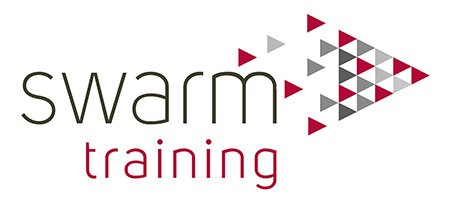
Supply Chain Practitioner
Level: 3 / Duration: 16-18 mths
Assessment
The EPA assessment period must be completed within a maximum of 12 weeks| Submit a portfolio of evidence of their best work |
| Completion of a project and report within the first 10 weeks of the EPA period |
| Presentation followed by a Q&A |
| Meet with the independent assessor to have a Professional Discussion underpinned by the portfolio of evidence |
The training will enable your apprentice to:
- Coordinate products and services through the supply chain.
- Ensure achievement of supply chain quality requirements.
- Apply continuous improvement techniques to supply chain practice.
- Apply a structured approach to solving problems within the supply chain.
- Compile reports to support the supply chain function.
- Conduct supplier performance monitoring.
- Use Data management systems to support supply chain operations.
- Identify and manage risk that can impact on achievement of customer requirements.
- Manage customer accounts to ensure payment is received in accordance with agreements.
- Liaise with internal and external stakeholders to manage end to end supply chains.
- Support inventory management activities.
- Support end to end supply chain planning.
- Identify and manage risks impacting supply chain operations.
- Comply with industry, organisational policy and governing legislation and regulations.
Knowledge, Skills and Behaviours
We can provide you with a full list of the Knowledge, Skills and Behaviours which your apprentice will be taught and assessed on but as an overview, your apprentice will learn the following:
-
End-to-end fast-moving consumer goods supply chain
Supply chain KPIs; inventory, forecast accuracy, plan attainment, customer service, vehicle utilisation, on shelf availability, waste, quality and value.
Supply chain efficiency
Data management systems and tools for the supply chain
Continuous Improvement
Types of logistics, costs and their components; forecasting
Problem-solving techniques and the principles of root cause analysis
Strategy, planning, prioritising and operational decision making using data
Limits of authority
Understanding customer needs and influences on consumer demand: market trends, competitor activity and seasonality. Characteristics and specific needs of different customer groups
Written and verbal communication techniques and team working principles
Principles of equity, diversity, and inclusion in the workplace.
Quality assurance procedures and monitoring processes.
Methods of hazard identification and risk management.
Documentation: methods and requirements - electronic and paper
Impact of the sector on the environment
Information technology and digital
Relevant legislation and policies, especially awareness of health and safety regulations, standards, and guidance and impact on role.
-
Manage the flow of FMCG goods based on evolving information
Use SOPs and other critical documents including recording and documenting information appropriately
Support customers with supply chain enquiries
Use IT systems for the supply chain and apply cyber security and GDPR regulations and policies
Use continuous improvement techniques
Lead and participate in problem solving
Use capacity planning
Apply team working principles
Use data to assess performance against KPIs and identify trends to inform decision making
Plan and adhere to customer lead times
Escalate issues and tasks
Develop and implement a supply plan
Communicate verbally and in writing to stakeholders internally and externally
Comply with health and safety legislation, regulations, standards, and guidance
Follow equity, diversity, and inclusion principles
Apply quality assurance procedures
Identify and document hazards and risks in the workplace and apply control measures
Comply with sustainability principles and regulations
-
Consider the impact on the environment of their work
Prioritise health and safety.
Contribute to equity, diversity, and inclusivity in the workplace.
Respond and adapt to work demands and situations
Collaborate within teams, across disciplines and with internal and external stakeholders
OR
complete the form below
